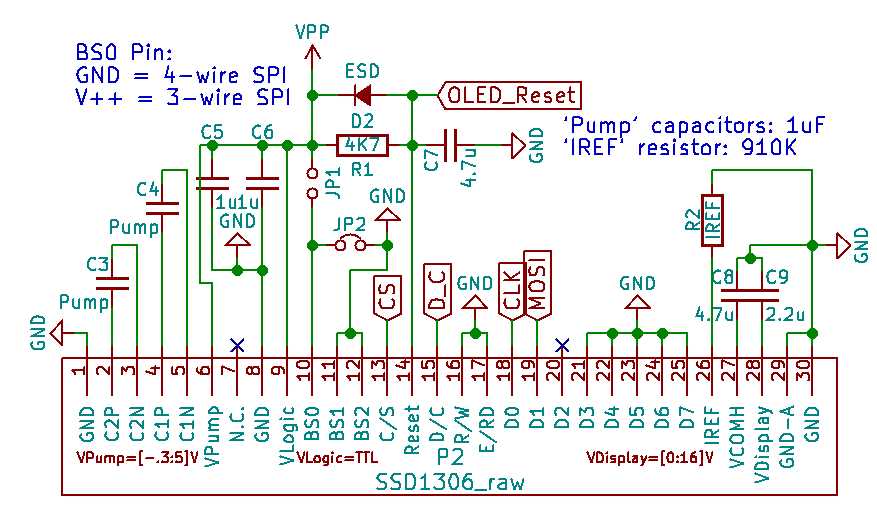
Exploring the intricacies of cutting-edge storage technology involves delving into the blueprints that drive its functionality. This voyage of discovery unveils the underlying architecture and operational dynamics that propel storage devices into the realm of efficiency and performance.
Unraveling the enigmatic details encoded within these documents provides a glimpse into the core principles governing their operation. Through a lens of technical precision, we embark on a journey to decipher the fundamental mechanisms that define the behavior and capabilities of these storage solutions.
Peering beyond the surface of mere specifications, we uncover the subtle nuances that distinguish one iteration from another. This voyage through documentation transcends the mundane, offering insight into the intricate tapestry of innovation woven by engineers and designers.
Understanding SSD Datasheets: A Comprehensive Guide
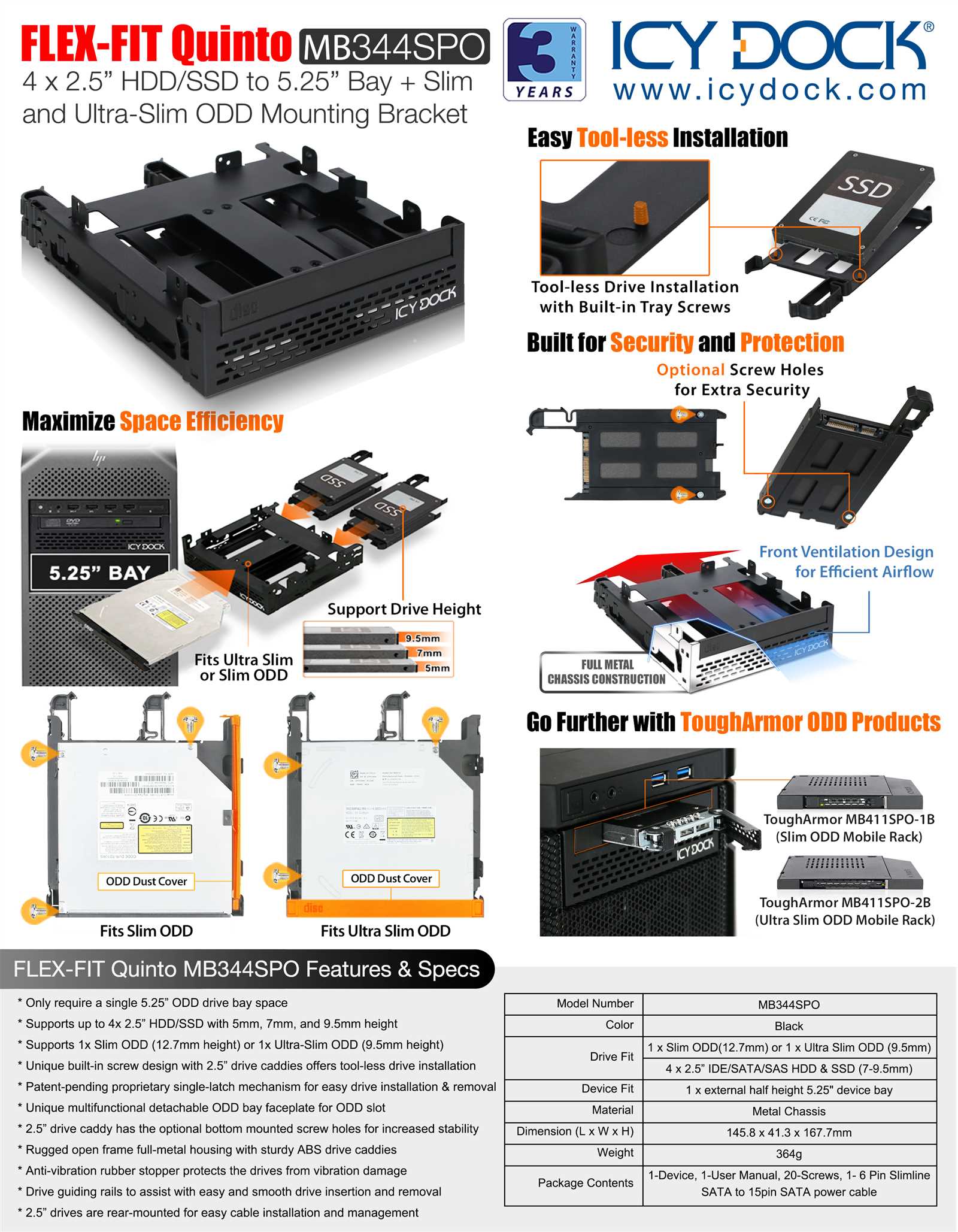
In this section, we delve into the intricate world of documentation provided by manufacturers to grasp the essence of solid-state drives (SSDs). Navigating through these sheets demands more than a cursory glance; it requires a keen eye for detail and an understanding of the underlying technologies.
Deciphering Performance Metrics

Within the labyrinth of SSD datasheets lie a plethora of performance metrics, each offering a glimpse into the drive’s capabilities. From sequential read and write speeds to random IOPS (Input/Output Operations Per Second), these numbers convey the SSD’s prowess in handling various workloads. However, parsing through these figures necessitates a nuanced approach, considering factors like workload type, queue depth, and drive capacity.
Unraveling Endurance and Reliability Specifications
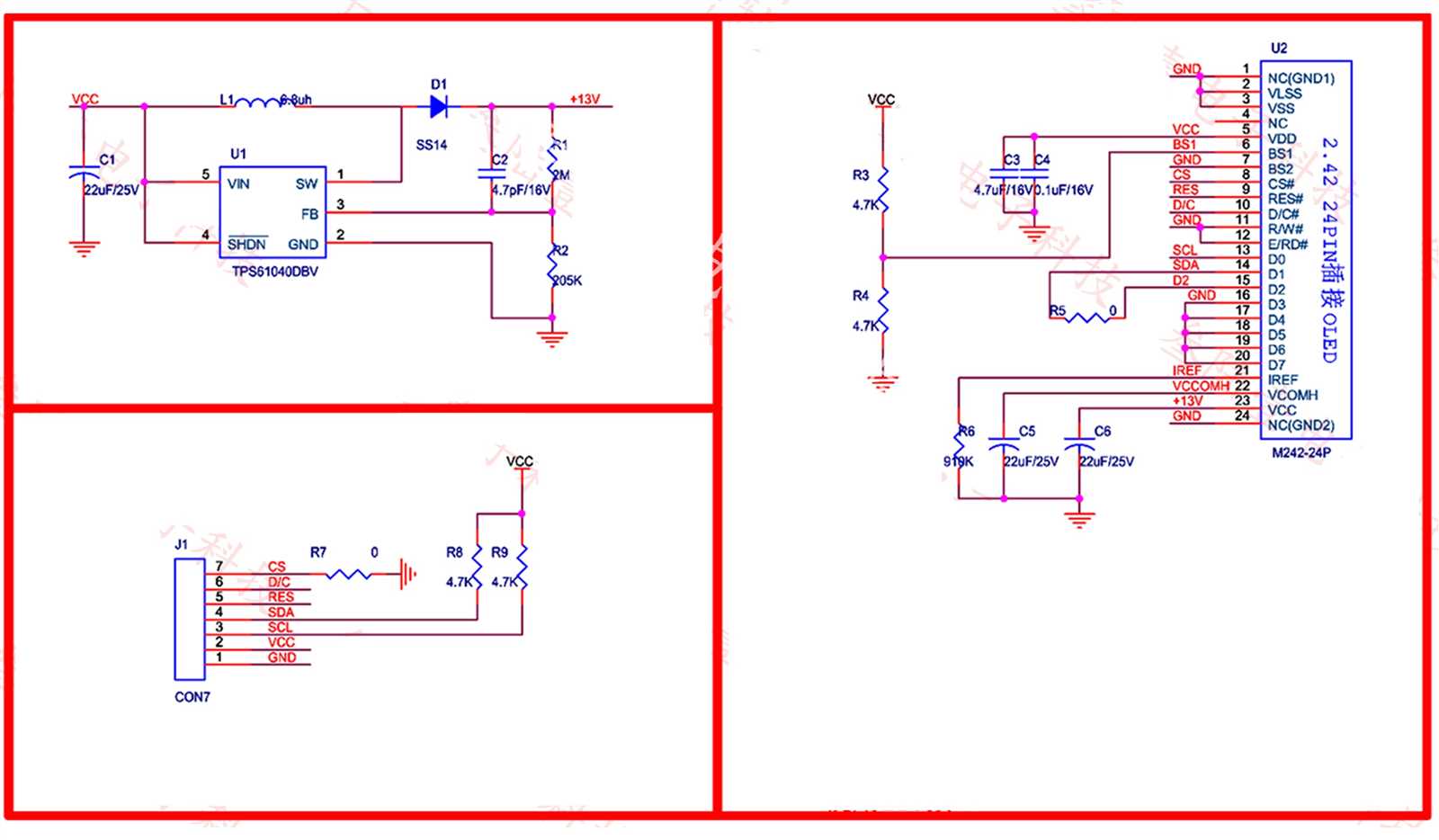
Beyond performance, SSD datasheets provide insights into endurance and reliability, crucial aspects for long-term usage scenarios. Endurance ratings, often denoted in terms of Total Bytes Written (TBW) or Drive Writes Per Day (DWPD), elucidate the drive’s durability under sustained write operations. Meanwhile, reliability metrics encompass Mean Time Between Failures (MTBF), Uncorrectable Bit Error Rate (UBER), and other indicators, offering a glimpse into the drive’s robustness in maintaining data integrity over time.
Deciphering Key Specifications
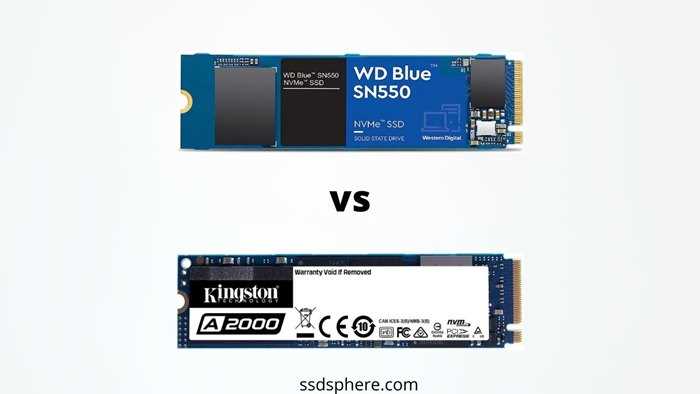
In comprehending the intricacies of storage drive documentation, navigating through the labyrinth of technical jargon can be daunting. This segment aims to demystify the core specifications vital for understanding the performance and capabilities of storage solutions, shedding light on the crucial parameters that delineate their functionality.
1. Performance Metrics
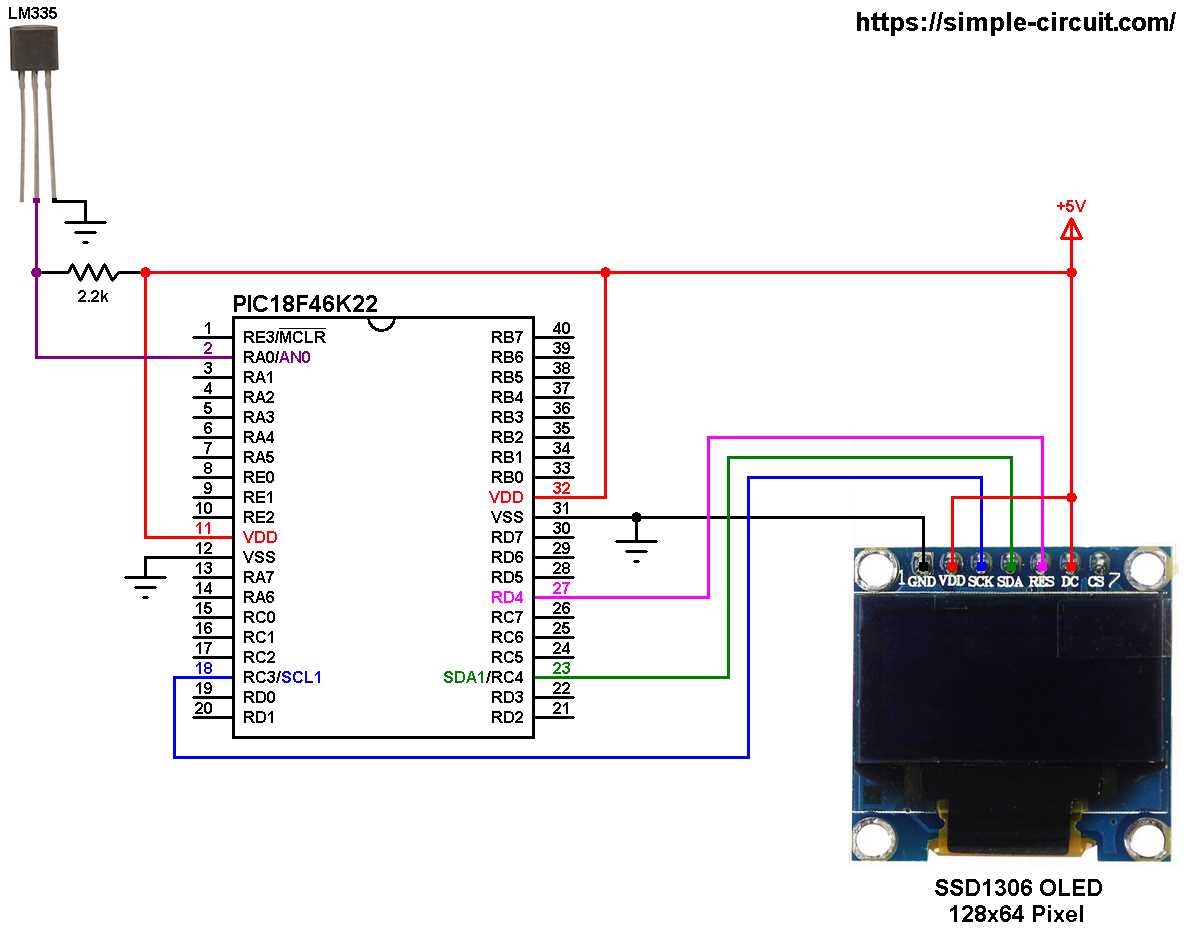
- Throughput: Reflecting the rate of data transfer, this metric encapsulates the speed at which data can be read from or written to the storage medium.
- Latency: Representing the time delay between initiating a data request and receiving the corresponding response, latency signifies the responsiveness of the storage device.
- IOPS (Input/Output Operations Per Second): An indicator of the drive’s ability to handle read and write operations within a specified time frame, IOPS is pivotal in assessing its operational efficiency.
2. Endurance and Durability

- Write Endurance: Characterizing the longevity of the storage device, write endurance delineates the number of program/erase cycles the drive can endure before encountering performance degradation.
- MTBF (Mean Time Between Failures): Illustrating the average duration between two consecutive failures, MTBF provides insights into the reliability and robustness of the storage solution.
By unraveling these fundamental specifications, users can make informed decisions tailored to their specific storage requirements, ensuring optimal performance and durability.
Performance Metrics Demystified
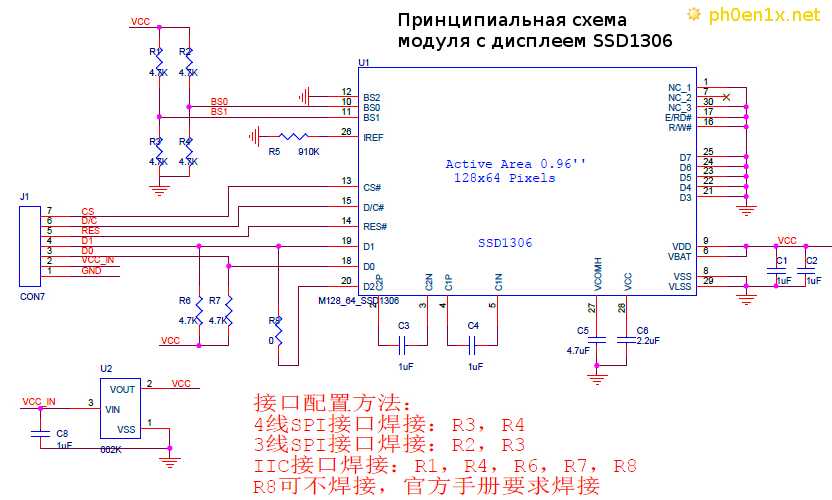
In the realm of solid-state storage documentation, a plethora of performance indicators saturate datasheets, aiming to elucidate the operational prowess of these advanced storage solutions. Understanding the significance and nuances of these metrics is pivotal for discerning consumers and industry professionals alike. This section endeavors to untangle the intricacies of performance evaluation, shedding light on the diverse array of benchmarks that encapsulate the efficiency and effectiveness of modern storage technologies.
Throughput Analysis
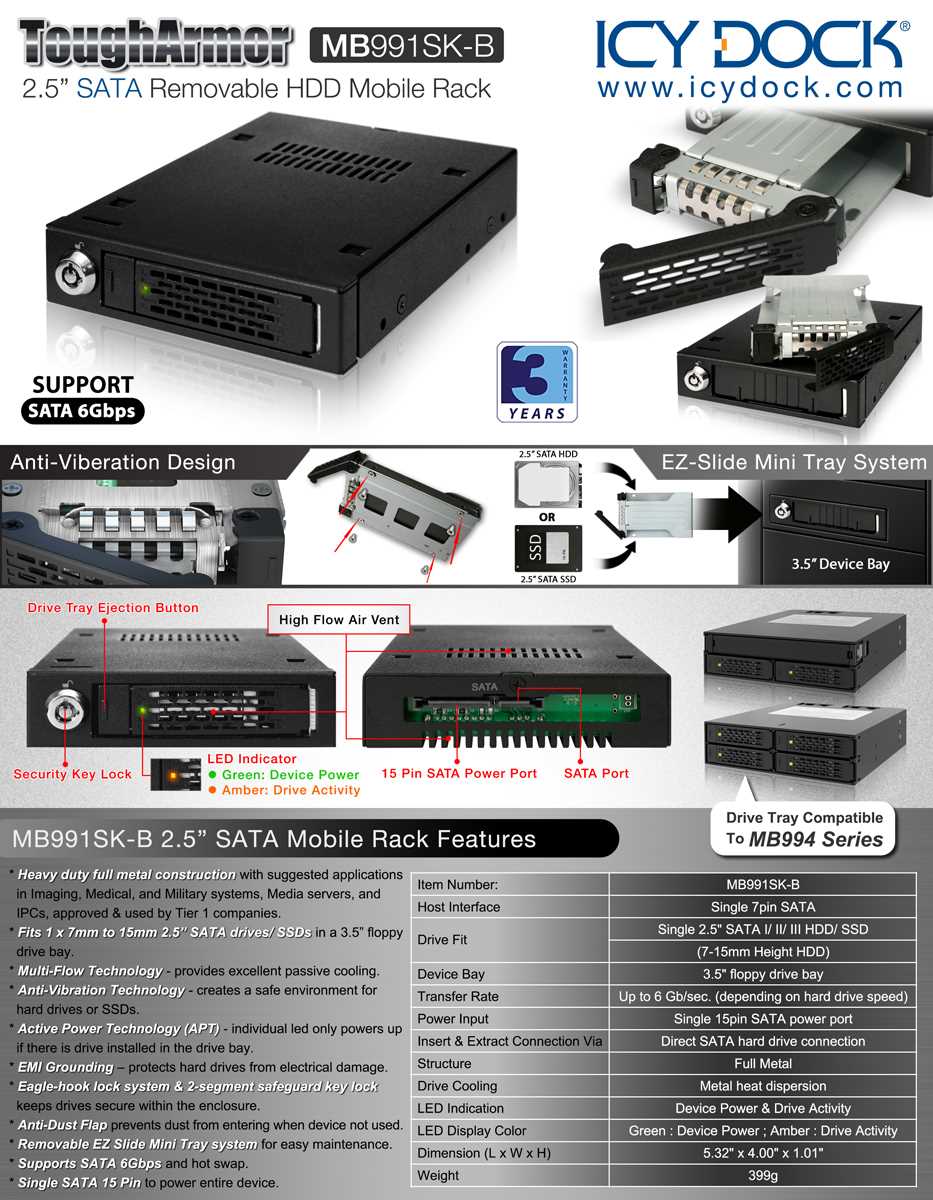
One pivotal aspect of performance assessment revolves around throughput analysis, which delineates the rate at which data can be transferred between storage mediums and other system components. Through meticulous examination of read and write speeds, alongside sequential and random access patterns, a comprehensive understanding of the storage device’s operational capabilities can be garnered.
Latency Evaluation

Beyond mere throughput, latency evaluation emerges as a critical facet in assessing storage performance. Latency encapsulates the time taken for data requests to be processed, reflecting the responsiveness and agility of the storage medium. By scrutinizing both average and peak latency values across varying workloads, stakeholders can ascertain the efficacy of the storage solution in meeting the demands of real-world applications.
| Metric | Description |
|---|---|
| Sequential Read Speed | The maximum rate at which consecutive data can be read from the storage medium, often measured in megabytes or gigabytes per second (MB/s or GB/s). |
| Random Write Speed | The speed at which random data can be written to the storage device, reflecting its ability to handle non-sequential access patterns efficiently. |
| Average Latency | The mean time taken for data requests to be processed by the storage medium, indicating its overall responsiveness under typical workloads. |
| IOPS (Input/Output Operations Per Second) | The number of read/write operations that can be performed by the storage device within a second, serving as a metric for its transactional throughput. |
By comprehending the intricacies of these performance metrics and their implications on real-world usage scenarios, consumers and professionals can make informed decisions regarding the selection and deployment of solid-state storage solutions.
Reliability and Endurance: What to Look For
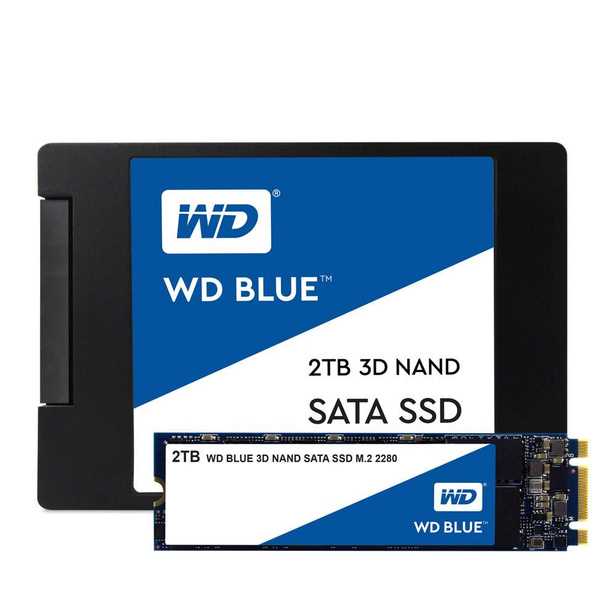
In the realm of storage solutions, the dependability and longevity of a device are paramount considerations. When evaluating a storage component, it’s essential to delve into its reliability and endurance factors. This entails scrutinizing its ability to withstand prolonged usage and adverse conditions, ensuring consistent performance over time.
Understanding Reliability:
Reliability encompasses the steadfastness of a storage device, indicating its capability to maintain operational integrity under varying circumstances. This aspect involves assessing the likelihood of failures, assessing the Mean Time Between Failures (MTBF), and scrutinizing the robustness of internal components.
Exploring Endurance:
Endurance refers to the durability and resilience of a storage medium, particularly in scenarios involving frequent read/write operations. Evaluating endurance entails examining factors like program/erase cycles, write amplification, and overall lifespan expectancy. It’s crucial to gauge how well the device can endure heavy workloads without compromising performance or longevity.
Factors Influencing Reliability and Endurance:
A myriad of factors can influence the reliability and endurance of a storage component. These include but are not limited to manufacturing quality, NAND type and technology, controller efficiency, and environmental conditions. Understanding the interplay of these elements is essential in making informed decisions regarding storage solutions.
Validation Methods:
To ascertain the reliability and endurance of a storage device, various validation methods can be employed. These encompass stress testing, temperature and humidity assessments, accelerated aging simulations, and real-world usage scenarios. Rigorous validation processes provide insights into how well a device performs under duress and its projected lifespan.
Conclusion:
When navigating the landscape of storage options, prioritizing reliability and endurance is imperative. By delving into the intricacies of these aspects and employing rigorous validation methods, users can make informed decisions tailored to their specific needs, ensuring optimal performance and longevity of their storage solutions.